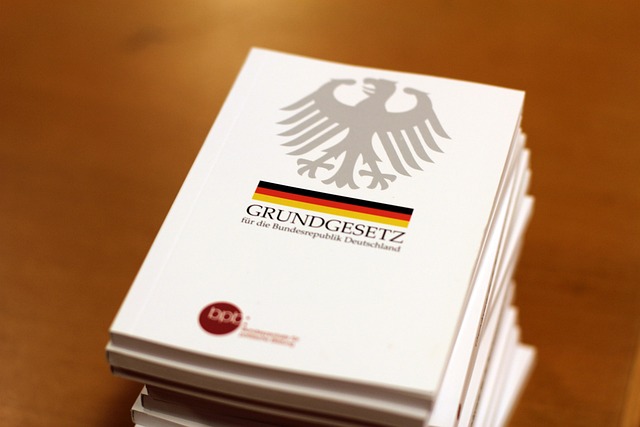Personal injury contingency fees are a risk-based compensation model for attorneys, where they receive a percentage (25%-40%) of the settlement or judgment instead of upfront fees. This system makes legal aid more accessible to those with limited funds but carries risks like lower recoveries and specific case limitations detailed in agreements. Transparent communication is key to ensuring fair representation under this arrangement, suitable for complex cases like nursing home neglect or employment disputes.
Personal injury claims can be complex, but understanding your legal costs is crucial. One common funding model is the personal injury contingency fee, where lawyers are paid a percentage of the settlement or judgment. This article delves into how these fees impact your final settlement, exploring both the advantages and potential drawbacks. Before agreeing to such an arrangement, know what’s involved and how it might affect your case outcomes.
- Understanding Personal Injury Contingency Fees: How They Work
- The Impact on Your Final Settlement: Pros and Cons
- Navigating the Process: What You Need to Know Before Accepting a Contingency Fee Agreement
Understanding Personal Injury Contingency Fees: How They Work

Personal injury contingency fees are a common arrangement in personal injury cases, where the attorney’s compensation is tied to the outcome of the case. Instead of charging an upfront fee, the lawyer agrees to take a percentage of the settlement or judgment as their fee. This model is designed to make legal representation more accessible to individuals who may not have substantial financial resources. In a personal injury contingency fee arrangement, the attorney assumes the risk of not being paid if the case does not result in a favorable outcome.
This system encourages auto accident attorneys, truck accident lawyers, and even elder abuse specialists to take on cases that might be financially risky but are crucial for victims seeking justice. The percentage varies depending on state laws and the complexity of the case, typically ranging from 25% to 40%. For example, if your personal injury lawyer secures a settlement of $100,000 on your behalf, they would take between $25,000 and $40,000 as their fee, leaving you with the remainder. This arrangement ensures that legal expertise is available to those who need it most, enabling them to pursue compensation for their injuries without upfront costs.
The Impact on Your Final Settlement: Pros and Cons

When it comes to personal injury contingency fees, the impact on your final settlement can be significant. These fees, typically structured as a percentage of the damages awarded or settled, are designed to compensate lawyers for their services. While they offer benefits like no upfront costs and potential for higher compensation, there are also drawbacks. You may end up receiving less than you might have with a traditional billing structure, as the lawyer’s fee is directly linked to your recovery.
In personal injury cases, such fees are common, especially when dealing with complex matters like product liability or breach of contract. However, in simpler cases or when negotiating partnerships disputes, alternative fee arrangements might be more suitable. Balancing the pros and cons is crucial to ensure you receive fair representation and a settlement that aligns with your expectations and needs.
Navigating the Process: What You Need to Know Before Accepting a Contingency Fee Agreement

Before accepting a personal injury contingency fee agreement, it’s crucial to understand what lies ahead. This type of arrangement means your lawyer is agreeing to take a percentage of any settlement or award as their fee – typically 33% – rather than charging by the hour. While this can make legal services more accessible, especially in cases like nursing home neglect or employment disputes where damages might be substantial but costs are uncertain, there are implications. You should know that contingency fees don’t guarantee you’ll receive a certain amount; your lawyer’s success is tied to securing a settlement.
Moreover, be aware of potential risks and how these fees work. Your attorney will usually advance litigation costs out of pocket, which may add up, especially in complex cases like insurance coverage disputes. Ensure they clearly lay out what services are included in the fee agreement and understand any caps or limitations on their responsibilities. Transparent communication is key to ensuring a fair and effective representation throughout your legal process.
Personal injury contingency fees can significantly impact your final settlement, offering both advantages and potential drawbacks. By understanding how these fees work and being aware of the process before accepting an agreement, you can make informed decisions. Navigating this approach requires careful consideration to ensure a fair outcome. Remember, while contingency fees may provide access to legal representation, it’s crucial to weigh the pros and cons to determine if it aligns with your specific case and desired settlement.






